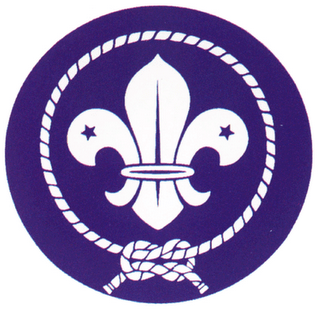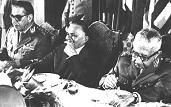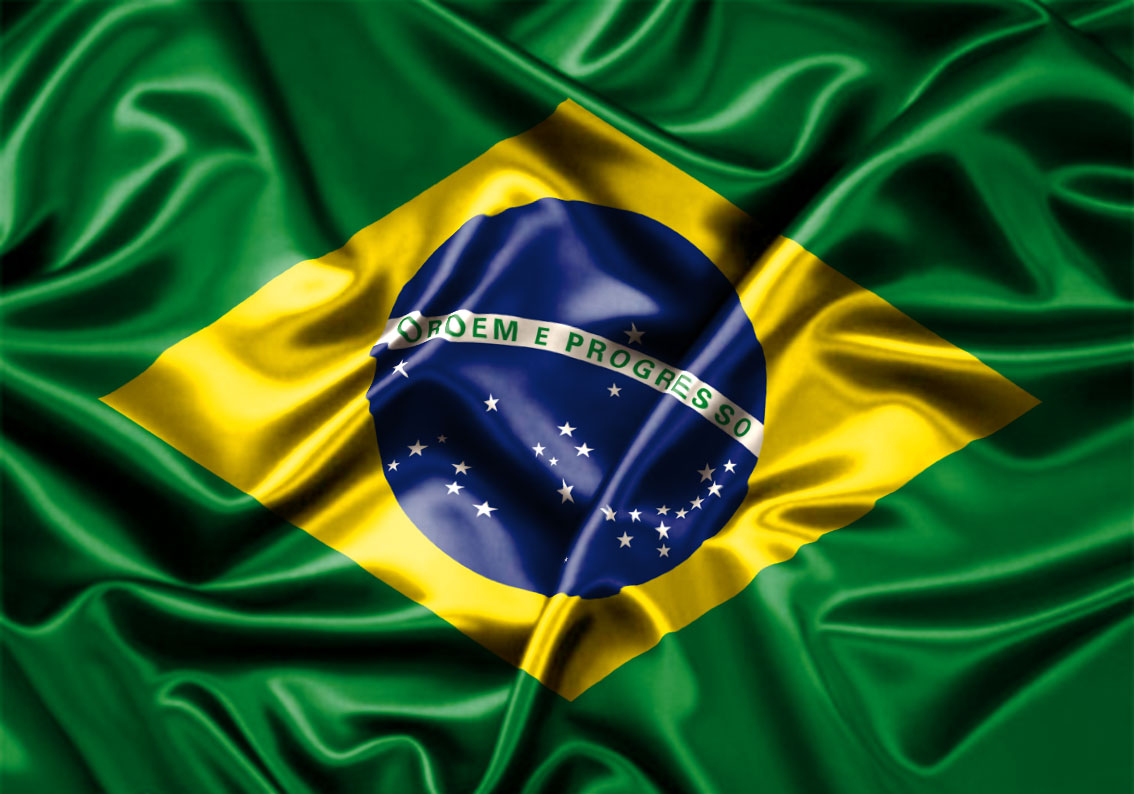#439
Mensagem
por VICTOR » Qua Jan 04, 2006 1:17 am
Produção do Su-34 será reiniciada
Após atraso em 2005, está prevista a entrega de 5 unidades em 2006
Production of Russian Su-34 Relaunched
by Michal Fiszer
Apr. 5, 2005
Serial production of the Su-34 has begun, according to the general director of the Novosibirsk Aviation Company (NAPO) (Novosibirsk, Russia), which is part of Sukhoi consortium.
Officially, the first serial Su-34 flew on Dec. 20, 2003, but production of subsequent aircraft ended immediately thereafter. According to Russian Air Force plans from 2003, 10 production Su-34 aircraft were to be delivered by the end of 2005. But in a March 31, 2005, announcement, general director Aleksandr Bobryshev Bobryshev revised the projection to five aircraft to be delivered to the Russian Air Force by 2006. He also said that the aircraft have passed all factory and state trials, and that full-scale production has been authorized
Thus, production of the Su-34 had been officially relaunched rather than launched. The current plans for production and delivery are more realistic and financing remains stable, so it is unlikely that the production will be interrupted again. The achievement is notable because the Su-34 is the first new type of combat aircraft to enter production for the Russian Air Force since the collapse of the Soviet Union.
A photo of the Su-34 prototype, T10V-5 (nose No. 45). The Su-34 was based on the Su-27 airframe but extensively redesigned for its tactical bomber mission. Note the side-by-side cockpit and tail boom for the aft-looking NIIR N012 radar. The wingtip stations carry R-73 infrared-guided missiles, but production aircraft would typically carry Sorbtsya jamming pods on the wingtips. The Su-34 carries a wide range of air-to-ground and air-to-air ordnance and is intended to eventually replace the Su-24 in Russian Air Force service. Photo by Piotr Butowski
Work on the aircraft, known initially as the Su-27IB (Istrebityel-Bombardirovshchik, or fighter-bomber) started at Sukhoi OKB in 1983. The official decision to launch development of the aircraft was made jointly by the Communist Party Central Committee and the Minister Council of the Soviet Union on June 19, 1986. It was an outgrowth of plans to reorganize the Soviet Air Force using new concepts of operations. After a new generation of aircraft (the Su-27, MiG-29, Su-25, and Su-24) had been introduced to service in quantity, it was decided that "light" fighter-bomber aviation, using Su-17s and MiG-27s, would be deleted from the order of battle. The role of such aircraft was to be undertaken by multirole versions of fighters, and the Su-27M (later known as the Su-35 and its developed version, the Su-37) and the MiG-29M are examples of this. To balance the force, it was decided that a successor to the Su-24 tactical bomber would be required, and this new type would have some secondary fighter capabilities. The aircraft would be based on the Su-27 airframe and was to have a range of 3,000 km on internal fuel, equal to the range of an Su-24 with two external tanks. The new aircraft initially was to have a tandem cockpit for the two-man crew.
A photo of the Su-34 prototype, T10V-6 (nose No 46). This aircraft is carrying the Sorbtsya jamming pods on the wingtip stations. Production Su-34s are to be issued initially to units of 10th and 14th Air Forces in the Siberian and Far East regions, respectively. Initial operational capability is planned for early 2007.
Rollan G. Martisov directed the development effort at Sukhoi OKB. The design team quickly discovered that providing for the required internal fuel would be impossible, so they developed a radically different airframe with a side-by-side cockpit, like that of the Su-24, with the pilot's position on the left and the weapon-systems operator on the right. This configuration enabled a large avionics bay behind the cockpit and adequately increased the fuel capacity. From the outset, the aircraft was to be air-refuelable. Initially, the aircraft was to be powered by two AL-31FM engines with 127.5 kN of afterburner thrust. The aircraft received 17 mm of titanium armor around the cockpit, in engine bays, and in the main fuel-tank area, for a total of about 1.5 tons of armor. It could carry three external fuel tanks, providing a range of up to 4,000 km.
After building a static test airframe (T10V-0), the first prototype, T10V-1 (nose No. 42), was flown on April 13, 1990, in Zhukovski. After initial trials and cancellation of the Sukhoi T-60S medium bomber as a replacement for the Tu-22M3, it was decided that the Su-27IB would undertake some of the Tu-22M3's "sub-strategic" missions, so the next prototype was to be adequately reworked along these lines. However, poor financing during the administration of President Boris Yeltsin undermined this effort, leading the NAPO factory to undertake further development of the Su-27IB on its own. The aircraft was unofficially (by the factory, not by the Russian Air Force) redesignated the Su-34, reflecting its primary status as a Su-24 replacement. The airframe was further reinforced to accept more fuel, avionics, and weapons. Another static test airframe (T10V-3) was built, along with a reworked second prototype, T10V-2 (nose No. 43). With a full weapons load, it had a combat radius of 600 km at low altitude and 1,150 km at medium altitude, without air refueling. T10V-2 flew for the first time on Dec. 18, 1993.
The next prototype to fly was the sixth airframe, T10V-5 (nose No. 45), which took off for the first time on Dec. 28, 1994. It was the first aircraft to receive the B004 fire-control/navigation radar developed by NPO Lenniec (St. Petersburg, Russia), a company specializing in radar systems for bomber aircraft. The B004 has a fixed, electronically scanned, phased-array antenna and is claimed to have low-probability-of-intercept (LPI) characteristics. It has several air-to-ground modes: automatic terrain following, terrain avoidance, ground mapping, ground-target acquisition/track, moving-ground-target track, and Doppler beam sharpening (DBS). It has a range of 150 km in ground-mapping mode and 75 km in DBS mode. It can track small-sized ground targets – fixed or moving – at a range of up to 30 km. In air-to-air mode, the radar can track up to 10 targets and engage up to four of them with use of R-77 active radar-homing missiles. Larger targets (such as large bombers) can be detected out to a range of about 200-250 km, and fighter-sized targets out to about 90 km. Initially, the aircraft was to have a built-in TV observation system coupled with a laser and forward-looking infrared (FLIR) camera in a pod. Later, however, TsKB Geofizyka (Moscow, Russia) developed the Platan targeting pod, with all the electro-optical devices integrated, including a second-generation FLIR sensor and a CCD TV camera, coupled with a laser rangefinder and target illuminator. The Platan pod was successfully tested for integration with Su-34 in 2004.
The first Su-34 to receive a full avionics suite was T10V-4 (nose No. 44), flown for the first time on Dec. 26, 1996. Its integrated navigation and fire-control system had embedded Glonass/GPS, a laser-gyro inertial-navigation system (INS), a powerful central computer, the B004 radar, and the Khibiny integrated electronic-warfare (EW) system. The latter consists of an electronic-support-measures (ESM) receiver working initially in the range of 2-20 GHz, though later increased to 2-40 GHz; an infrared missile-warning system, a laser-warning receiver, the Sorbtsya podded radio-frequency (RF) jammer (fixed to the wingtips), and a large set of BVP-50 (50mm) chaff/flare dispensers. The aircraft is also to have plasma stealth technology employed (which works only at supersonic speed, since high speed is necessary to create the necessary level of air ionization), but the actual status of the system remains unknown . [b]New AL-41F engines with 175 kN of afterburner thrust will give the aircraft super-cruise (non-afterburning supersonic cruise) capability. The self-protection system is supplemented by the NIIR N012 radar for rear-hemisphere observation, with a range of up to 40-50 km against fighter aircraft.
The next prototype, T10V-6 (nose No. 46) was flown in December 1997, followed by T10V-7 (nose No. 47) on Dec. 22, 2000. As noted above, the first production aircraft (T10V-8) was flown in December 2003.
The Su-34's weapons can be attached to 12 hardpoints, of which four are under the fuselage, six under the wings, and two on the wingtips, although the latter are almost always occupied by the Sorbtsya jammers. The Platan targeting pod is typically attached to the front-central under-fuselage station, enabling the carriage of up to six laser-guided weapons under two of the remaining fuselage stations and four on the wing stations. Laser-guided munitions carried include Kh-29L heavy missiles, Kh-25ML missiles, KAB-500L bombs (500 kg), and KAB-1500L bombs (1,500 kg, a maximum of four). TV-guided munitions include Kh-29T missiles, KAB-500Kr bombs, and KAB-1500Kr bombs (also a maximum of four).
If the aircraft is equipped with the APK-9 radio-link system, it can carry up to three KAB-1500TK heavy TV-guided glide bombs or up to four Kh-59M TV-guided missiles. The Su-34 can also carry up to six Kh-31P anti-radar missiles or Kh-31A anti-ship missiles. Future weapons are to include KAB-500G Glonass/GPS-guided bombs. The conventional bomb load also includes up to 16 500-kg bombs or up to 24 250-kg bombs. The free-fall bombs can be released with relative precision (up to 25-30 m of accuracy at low altitude) with the use of the INS/GPS system in a blind-bombing mode. For air defense, two to four R-73 IR-guided or R-77 radar-guided missiles are carried together with most of the ground-attack weapons loadouts. Theoretically, although the aircraft is not primarily a fighter, an air-to-air configuration is possible with up to eight air-to-air missiles in any balanced combination, including R-27ER and R-27ET types.
One of the most interesting features of the Su-34 is its possibility of receiving of target-acquisition data from reconnaissance satellites. This mode was successfully tested in 2004.
Production Su-34s are to be initially issued with units of the 10th and 14th Air Forces in the Siberian and Far East regions, respectively. Initial operational capability is planned for early 2007. The original plans to totally replace the Su-24 fleet by 2010 seem to be unrealistic, however.










